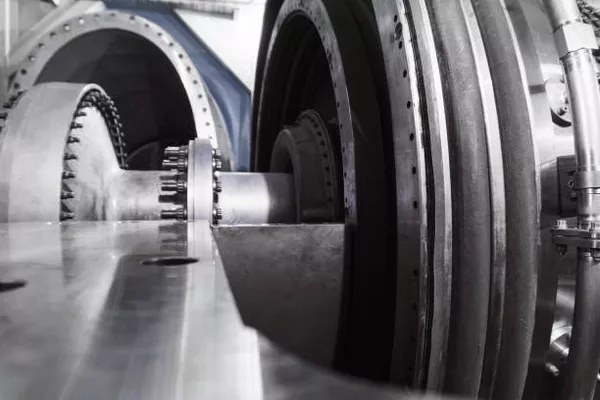In the realm of industrial machinery and applications, air compressors play a pivotal role in generating and supplying compressed air for various processes. One significant advancement in air compression technology is the two-stage air compressor. Unlike its single-stage counterpart, a two-stage air compressor offers enhanced efficiency, increased pressure, and improved performance in demanding applications. In this article, we will delve into the intricacies of the two-stage air compressor, exploring its design, functionality, and applications.
Basics of Air Compression:
Before delving into the specifics of a two-stage air compressor, it is crucial to understand the fundamentals of air compression. Compressors, in general, are devices designed to increase the pressure of a gas, typically air, by reducing its volume. This compressed air finds applications in a myriad of industries, including manufacturing, construction, and automotive.
Single-Stage vs. Two-Stage Air Compressor:
A single-stage air compressor performs compression in one stroke, directly pressurizing the air from atmospheric pressure to the desired level. While suitable for many applications, single-stage compressors may struggle to meet the demands of high-pressure applications. On the other hand, a two-stage air compressor divides the compression process into two distinct stages, offering advantages in terms of efficiency and pressure output.
Anatomy of a Two-Stage Air Compressor:
A. First Stage:
Inlet Valve: The process begins with the intake of atmospheric air through the inlet valve.
Compression: The air is then compressed in the first stage, increasing its pressure significantly.
Intercooler: To prevent excessive heat buildup, an intercooler is employed between the first and second stages. This device cools the compressed air before it enters the second stage.
B. Second Stage:
Second Compression: The cooled air from the intercooler undergoes further compression in the second stage.
Discharge Valve: The compressed air is then discharged through the outlet valve, ready for various applications.
Efficiency Advantages of Two-Stage Compression:
A. Temperature Control:
One of the primary benefits of the two-stage design is its ability to control temperature. The intercooler between the stages helps dissipate the heat generated during compression, preventing potential damage to the compressor and ensuring a more stable and efficient operation.
B. Increased Pressure:
Two-stage compressors excel in applications that require higher pressures. By splitting the compression process into two stages, these compressors can achieve higher pressure ratios, making them suitable for tasks such as powering pneumatic tools, industrial processes, and more.
C. Enhanced Efficiency:
The intercooling process not only controls temperature but also contributes to overall efficiency. By cooling the air between stages, the compressor requires less energy to achieve the desired pressure, resulting in improved efficiency and reduced operational costs.
Applications of Two-Stage Air Compressors:
A. Industrial Manufacturing:
Two-stage compressors find extensive use in industrial manufacturing processes where high-pressure air is essential. From powering assembly line tools to facilitating precision machining, these compressors provide the reliability and pressure required in diverse manufacturing applications.
B. Petrochemical Industry:
In the petrochemical sector, where rigorous processes demand robust and high-pressure air supply, two-stage compressors are indispensable. They play a vital role in tasks such as pneumatic conveying, gas processing, and maintaining optimal pressure levels in various equipment.
C. Automotive:
Automotive applications, such as painting and pneumatic tools in automobile manufacturing, benefit from the elevated pressure capabilities of two-stage compressors. The efficiency and reliability of these compressors contribute to streamlined production processes in the automotive industry.
Maintenance Considerations:
While two-stage air compressors offer numerous advantages, proper maintenance is crucial to ensuring their longevity and optimal performance. Regular inspection of components, monitoring of oil levels, and attention to air filters are essential practices to prevent downtime and extend the compressor’s lifespan.
Conclusion:
In conclusion, the two-stage air compressor stands as a testament to advancements in air compression technology. Its ability to provide increased pressure, enhanced efficiency, and temperature control makes it a preferred choice in various industries. Understanding the design, functionality, and applications of two-stage compressors is vital for industries seeking reliable and efficient compressed air solutions.

